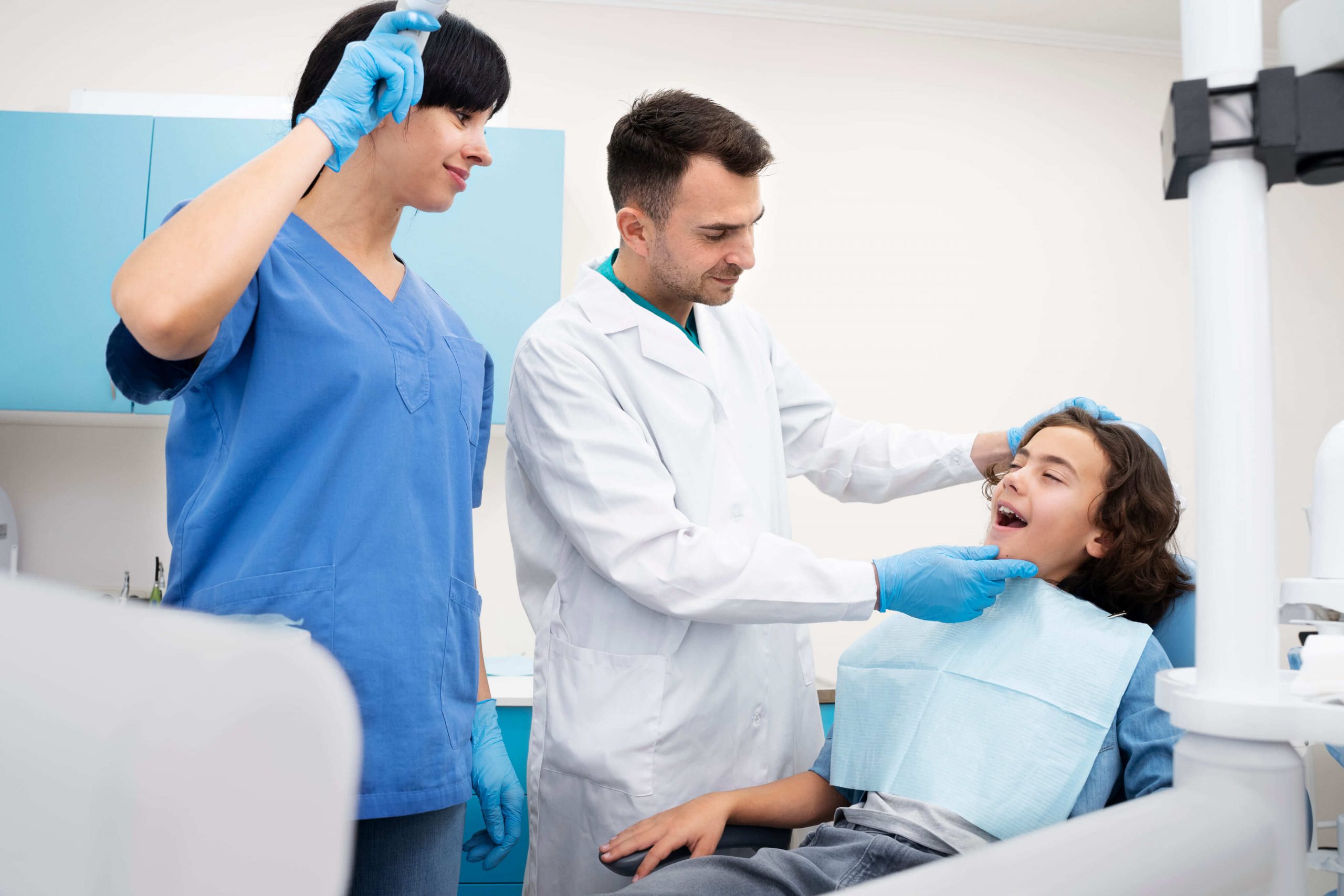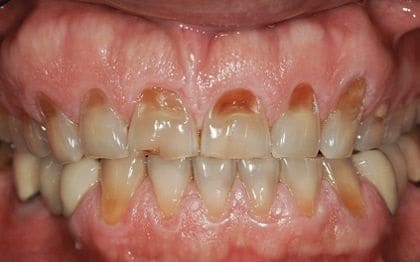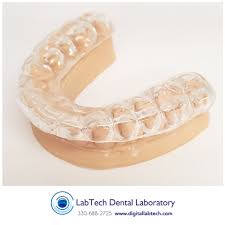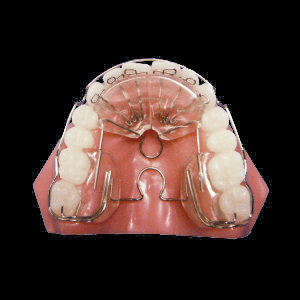
DNA Appliance vs Splint Therapy and Night Guards?
40% of the population grind and clench their teeth. For many, it is a nagging problem or a cosmetic concern. No one wants to have their teeth wear out like the tread of a tire, do they? Unlike tires, worn teeth look bad and old. 50% of cosmetic dental problems are related to uneven teeth wear and tear problems. But what can be done and why do people clench their teeth and wear them out?

clenching teeth tmj 11
Options for the Treatment of TMJ Pain Video
Bite Guards or Splint for Teeth Grinding
So called “splint therapy” has been the gold standard treatment for teeth clenching and non-surgical temporomandibular joint dysfunction. A bite splint manages teeth wear, but does not correct the cause of the problem.
Orthodontic Expanders can Cure Night Time Teeth Clenching
Newer TMJ appliances including the Vivos DNA appliance have made it possible to not only cure tooth and jaw clenching at night, but also sleep disorders such as apnea.
Teeth Clenching is a side effect of Sleep Apnea
Most people who grind their teeth at night have undiagnosed sleep problems including sleep apnea. The DNA corrects the underlying cause of the problems by balancing the bite and increasing the size of the mouth and other upper airway spaces. Research and clinical practice has shown that bruxism and tooth clenching are really just symptoms of upper airway restriction syndrome and sleep apnea.
Corrective therapy such as the DNA is preferable to splint therapy, but there are some situations where conventional splint treatment may be more practical and appropriate.
Splint Therapy is the best treatment for TMJ Pain when:
- There are bridged, connected or splinted teeth that go around the front of the mouth. For example, an implant bridge that spans all the upper front teeth.
- A patient who has large numbers of implants vs natural teeth. And when a lot of teeth are missing.
- There are lots of bridged or connected teeth in general
- When there is a lot of TMJ joint soreness and muscle tension that has been around for a long time. In this case, the splint treatment should precede any definitive DNA therapy.

photo credits to Lab Tech
DNA Appliance is the best treatment
in most other situations except when there are many missing teeth. Improving the size and shape of the jaws and balancing the bite is stimulated by putting small amounts or pressure on teeth and the jaw bones. Without teeth, it becomes very difficult to put pressure on teeth to grow bone. Other appliances do exist such as the ALF appliance and the Homeoblock appliance (both examples of dental orthopedic appliances).
Facial and jaw bone growth during DNA appliance therapy is grown at the connections between the right and left palatal bones. If bridges span around the front teeth, it is impossible to put pressure in the right direction to get the jaws to grow properly. It cases were there are bridged teeth, sometimes the bridges can be sectioned and later re-done or replaced with implants when corrective temporomandibular treatment is complete.

dna appliance vs night guard
Splint therapy is TMJ disorder treatment:
When there is a lot of longstanding pain in the TMJ, jaws and the all the facial muscles, it is not a great idea to start changing the bite and bone structure right away. It is better to try a new bite position and put the jaw muscles into a more relaxed state prior to changing any structures. Putting the jaws into a more favorable position where the muscles can get much needed rest is much of the goal of splint therapy. Splint therapy can be definitive and final treatment if:
- The splint appliance is worn as directed and indefinitely at night time, forever.
- If the goal is to stay out of pain, manage tmj symptoms, and not necessarily correct the underlying cause of the problem.
Night Guards only act as a Barrier against Teeth Wear
Night Guards are the least expensive treatment but only prevent wear by placing a protective plastic barrier to reduce direct wear on the teeth during clenching episodes during sleep. There are many different kinds of tooth wear but most of the time, the primary cause is bruxism during sleep caused by UARS or upper airway restriction syndrome.

 (301) 421 1996
(301) 421 1996 burtonsvillesmiles@gmail.com
burtonsvillesmiles@gmail.com